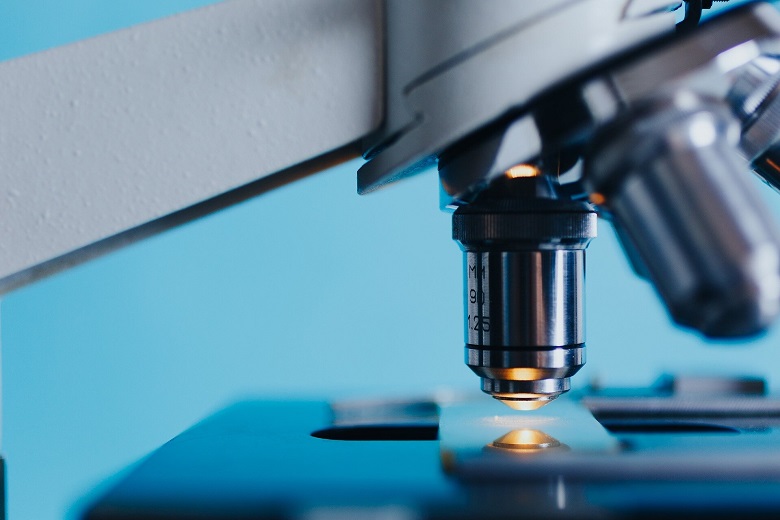
Flow Cytometry Technique Shows Promise for Early Cancer Diagnosis
A digital droplet microfluidic flow cytometry technique could enable earlier recognition of tumor development and progress, by aiding in the detection of multiple microRNAs (miRNAs) in single circulating tumor cells (CTCs). Tumor-associated miRNAs within CTCs are considered biomarkers for tumor growth.
According to the research team behind the technique, current CTC detection strategies that are based on surface epithelial markers exhibit low specificity in distinguishing between CTCs and epithelial cells in hematopoietic cell populations. So far, it has been challenging for scientists to devise a way to perform in situ analysis of multiple miRNAs of single living CTCs.
In the recent work, the team led by professor Chen Yan from the Shenzhen Institute of Advanced Technology took advantage of the controllable structure and diverse functionality of 2D metal organic framework (MOF)-based nanomaterials to develop a new approach to probing live cells.
The team called the technique Nano-DMFC. It uses a biofunctionalized, 2D MOF-based nanosensor with three components: a single-cell droplet generator, a nanoprobe micro-injection unit, and a droplet fluorescence detection unit. It provides in situ, multiplex, quantitative, high-throughput analysis of miRNAs in single living CTCs.

Scientists at the Shenzhen Institute of Advanced Technology developed a novel digital droplet microfluidic flow cytometry technique for the in situ detection of multiple miRNAs in single circulating tumor cells. Courtesy of Pixabay/CC0 Public Domain.
To create the technique, the researchers integrated a 2D MOF nanosensor into a droplet microfluidic flow cytometer. They conjugated dual-color fluorescence dye-labeled DNA probes on a MOF nanosheet surface to create a 2D MOF-based, fluorescent resonance energy transfer (FRET) nanosensor. 2D MOF-based nanoprobes were micro-injected into single-cell encapsulated droplets to achieve dual miRNA characterization in single CTCs.
In experiments, the Nano-DMFC platform detected dual miRNAs at single-cell resolution in 10 mixed positive MCF-7 (i.e., breast cancer) cells out of 10,000 negative epithelial cells in serum biomimic samples.
“Our proposed Nano-DMFC platform shows good reproductivity in the recovery experiment of spiked blood samples, which demonstrated the high potential for early diagnosis and prognosis of CTC-based cancer,” Yan said.
The research was published in Small (www.doi.org/10.1002/smll.202201779).
Published: September 2022